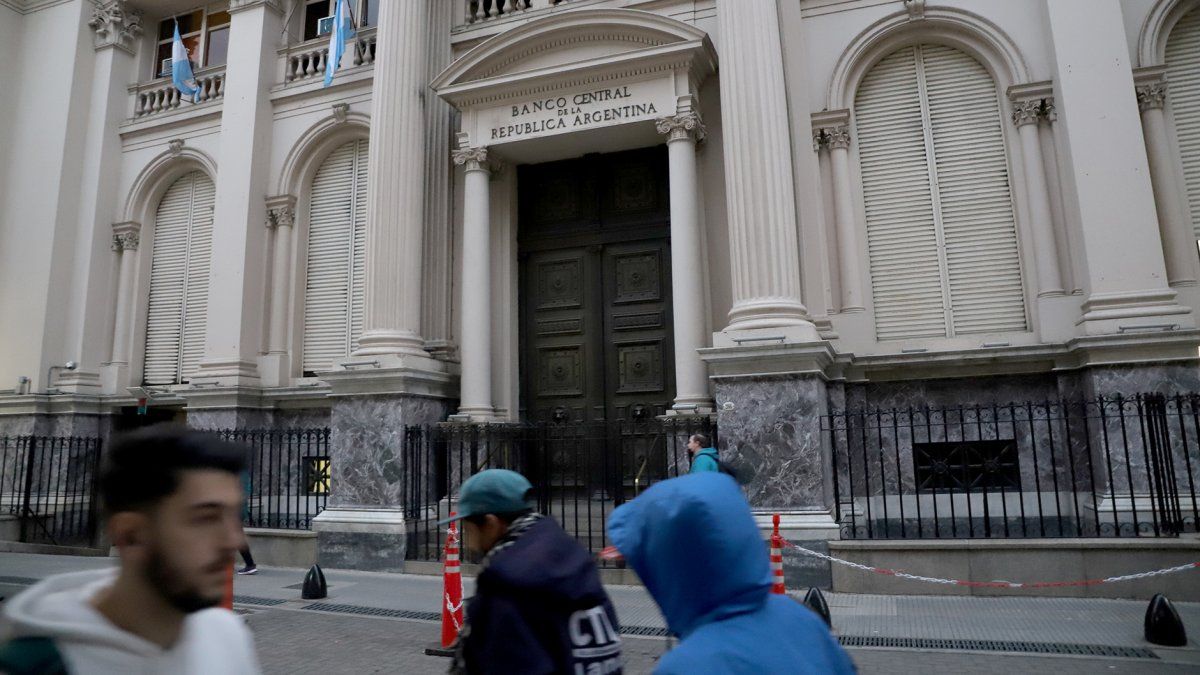p4 – graphic_opt.jpeg
Another factor that was expansive, and which is already a classic, is the interest payment, this time for $183,590 million. Last but not least, quite the opposite, is the “Others” channel, almost always marginal, but decisive since last month. Through this concept, the balances of BCRA interventions in the debt market were recorded. For these operations, the BCRA issued no less than $651,499 million. It is worth noting that, for example, BCRA operations in the dollar futures market are also processed through this channel. But such an issue to buy public bonds in pesos required a double sterilizing effort on the part of the monetary entity. It was so through the placement of passes and of Leliq managed to aspire more than $1,058 billion ($480,810 million via Passes and $577,568 million with Leliq).
In this way, the BCRA achieved that the expansion of the base in June, with such an issuer mess, was only $214,113 million, which represents 5.4%. Of course, all this was at the cost of further increasing the stock of remunerated liabilities by 19%. Thus, the stock of Passes and Leliq rose to more than $6.7 billion ($1.17 billion of Passes plus $5.55 billion of Leliq). Today the total of remunerated liabilities is equivalent to 170% of the monetary base, reaching new all-time highs. In this regard, those with memories of the ’80s point out that in the prelude to hyperinflation this ratio exceeded 200%.
A separate paragraph deserves this new role of the BCRA as “superhero” of the public debt market in pesos. Although the primary reading of the market, which was endorsed by the head of the BCRA, Miguel Pesce, that these bond purchases in pesos their purpose was to defend or support the prices of the titles, in reality they came to avoid a liquidity crisis in the capital market. Because when the wave of sales was unleashed -the trigger is now history-, banks and funds rushed to liquidate positions in CER bonds, which encouraged the rescue of mutual funds that saw their managed assets fall, given the fall The sustained increase in CER bond prices fed back into the circuit of more sales, price drops and more redemptions and so on for several days. So the BCRA, to anticipate a future headache, in terms of some common fund linked to a financial institution having liquidity problems in the face of the wave of bailouts, began to buy the penalized CER bonds.
The issue is that in July the BCRA also started with strong interventions that as of the 11th, the latest official data, bond purchases already accumulate a monetary expansion of $411,178 million. And as if that were not enough, the Treasury already requested assistance on the 4th via ATN for $55,000 million. So between June and July, the Treasury received more than $432 billion from ATN. This vicious circle ends as we saw in more absorption via Passes and Leliq, which today already exceed $7 billion.
In the market, under a contemplative gaze, they bet that the Treasury finally has great chances of achieving a high rollover of the debt in pesos, because half of the maturities are in the hands of the public sector, and the private sector, for At the very least, I would renew 25% or more. So the financing needs of the Treasury, due to a higher deficit and a rollover of less than 100%, would not imply a rain of pesos. In the end, this remains to be seen, since first it will be necessary to see if the Treasury manages to tame the last onslaught of primary spending and does not run amok, and furthermore, the private holders of bonds in pesos trust, or let us say reject, a restructuring (or reprofiling) and renew maturities. This month and the next one expires half a billion pesos per month. But in September more than a billion pesos expire. It certainly is the challenge. For now, the BCRA should continue playing both roles, but monitor them very closely.
Source: Ambito
David William is a talented author who has made a name for himself in the world of writing. He is a professional author who writes on a wide range of topics, from general interest to opinion news. David is currently working as a writer at 24 hours worlds where he brings his unique perspective and in-depth research to his articles, making them both informative and engaging.




